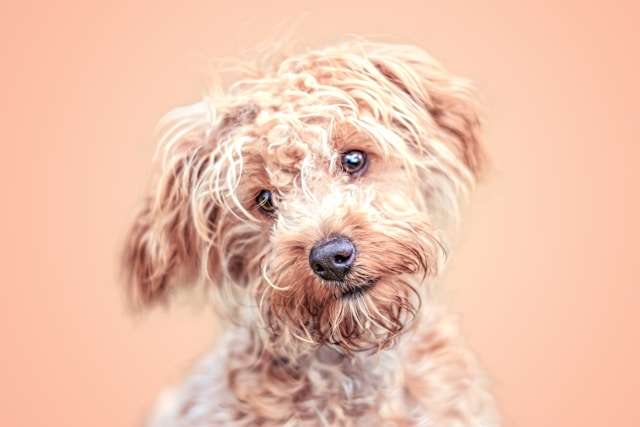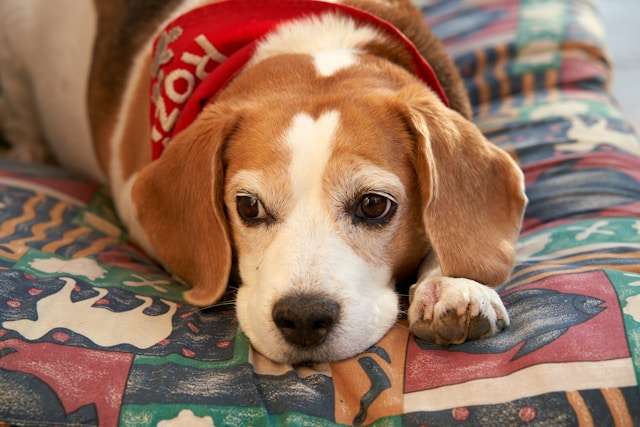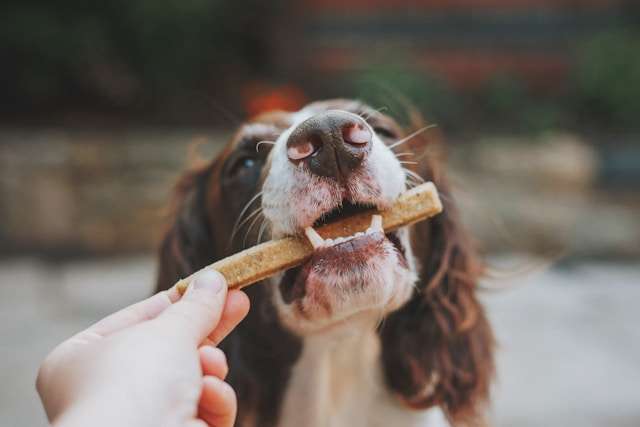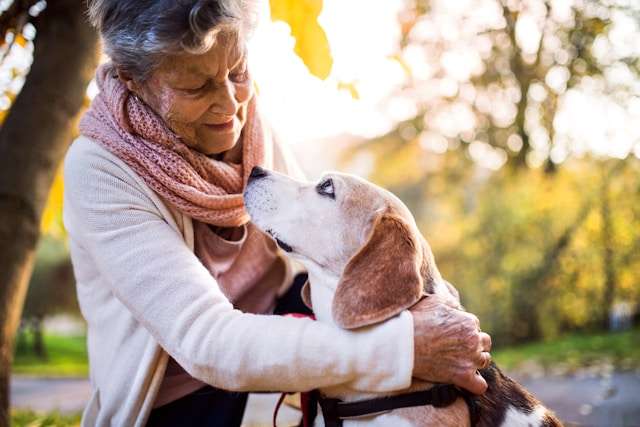The History of Pugs: From Imperial Companions to Beloved Family Pets
The History of Pugs: From Imperial Companions to Beloved Family Pets. Compact, charming, and full of personality, pugs have a surprising history rooted in royalty. Originating in ancient China, emperors once adored them and treated them like treasures.
Over centuries, these small, wrinkled companions journeyed across continents, winning hearts with their lovable nature. Today, they’re no longer exclusive to royal courts but beloved members of homes everywhere. How did this breed transition from symbols of luxury to everyday family pets? Let’s trace their fascinating path.
Origins of Pugs
Pugs have charmed countless homes worldwide, but their story begins long before they were household pets. These compact, lovable dogs trace their roots to ancient China, where their presence influenced culture and royalty. Understanding their origins gives us a glimpse into the historical significance of these wrinkled companions.
Where Pugs Began
The history of pugs stretches back thousands of years to ancient China, as early as the Han Dynasty (206 BC–220 AD). Bred for their compact size, wrinkles, and affectionate nature, these dogs were purposefully designed to fit the role of lapdogs.
Their distinctive, flat faces and curled tails were no accident; they resulted from selective breeding. The Chinese prized these unique features, associating the wrinkles on their foreheads with good luck and prosperity symbols.
Initially known as “Lo-Sze” or “Foo Dogs,” pugs were exclusively bred for the wealthy and powerful. They were companions to Chinese nobility, cared for with an attention to detail comparable to that of their human counterparts. Over time, they evolved into the beloved dogs we know today, but their origins remain embedded in the culture that first nurtured them.
Explore more about pug origins in ancient China.
Ancient Chinese Culture and Pugs
In ancient Chinese courts, pugs were more than just pets; they were symbols of status and luxury. Emperors adored them, often giving them the same regard as high-ranking courtiers. Some emperors even assigned personal attendants to their pugs to ensure the dogs were always pampered.
Pugs were integrated deeply into the lifestyle of the imperial palace. They often had their miniature palaces, complete with guards, to ensure their safety. They were carried in royal processions, an unmistakable mark of their esteemed status.
The role of pugs in Chinese culture didn’t stop at their physical care. They also inspired art and poetry, appearing in paintings and writings celebrating their loyalty and charm. Their presence within the royal court set the tone for how these dogs would be valued worldwide.
Learn more about pugs in ancient Chinese culture.

Photo by Александр Македонский
Pugs Spreading to the West
Though pugs began their journey in the Chinese imperial courts, their influence quickly transcended borders. Their transition to Europe marked a significant turning point, turning these canine companions into international symbols of prestige and charisma.
Arrival in Europe
Pugs first arrived in Europe during the 16th century, thanks to Dutch merchants deeply intertwined with Chinese trade routes. These traders were fascinated by the breed’s charming demeanor and impressive heritage. Returning from expeditions with silk, porcelain, and tea, the tiny pug often made the voyage back with them as a living treasure.
The Dutch, pivotal in establishing trade connections with China, were so enamored with the breed that they introduced it to European society. The dogs quickly gained a reputation as exotic and desirable pets, often seen accompanying nobles and traders alike. Dutch traders played a crucial role in spreading pug charm across Europe by bridging continents. Learn more about pugs’ journey to Europe.

Photo by Surdu Horia
Pugs in Western Royalty
Once within European borders, pugs became synonymous with royalty and high society. They weren’t just pets but status symbols embodying elegance and exclusivity. One of their most significant advocates was the House of Orange in the Netherlands. A pug is famously credited with saving the life of Prince William of Orange by alerting him to an approaching attack during the Eighty Years’ War. This loyalty earned the breed a place in royal history.
Other notable figures who adored pugs included Marie Antoinette of France and Queen Victoria of England. Marie Antoinette’s regal court was graced by these pint-sized dogs, often seen lounging in her lap. Queen Victoria took her admiration further, promoting pugs as fashionable companions during the Victorian era and even overseeing breeding programs.
Stories of their devotion and charm spread rapidly. For instance, a pug named Fortune accompanied Napoleon’s wife, Josephine, while imprisoned and delivered messages hidden under its collar. Such tales only added to the aura of mystique and loyalty that the breed was celebrated for. Discover more about pugs’ ties to royal families.
Their rise to prominence in Western courts further elevated their status and paved the way for their future as beloved members of households worldwide.
Evolution into Household Pets
Pugs have had an incredible journey from being royal treasures to everyday household pets. This transformation reflects changes in culture and society over the centuries. Let’s explain how these charming dogs entered so many homes.
Transitioning from Royalty to Everyday Companions
As industrialization swept through Europe and eventually America, lifestyles changed dramatically. With growing urban populations and smaller living spaces, large working dogs were no longer practical for many households. Pugs, with their compact size and friendly demeanor, were a perfect match for this new way of life.
Queen Victoria’s love for pugs in the Victorian era helped cement their popularity among a broader audience. During this time, breeds like pugs became symbols of domestic life rather than status. The transition was aided further by global trade and the rising middle classes, which made exotic breeds more accessible to ordinary families.
By the 20th century, pugs were no longer exclusively associated with wealth or royalty. Instead, they became cherished for what they were—devoted companions.
Check out Pugs and the British Royals to learn more about this transition.
Pugs in Popular Culture
Pugs have made their mark in pop culture, appearing in movies, advertisements, and even internet memes. Films like Men in Black featured pug characters with witty personalities, showcasing their charm to global audiences. In the animated movie The Secret Life of Pets, a pug character named Mel brings humor and heart to the story.
Celebrities have also played a role, with stars like Andy Warhol and Gerard Butler showing off their pug companions. In recent years, social media sensations like Doug the Pug have increased their popularity, boasting millions of followers across platforms.
The media’s affection for pugs has turned them into cultural icons, endearing them to audiences worldwide. Want more examples of pugs in media? Visit Famous Pugs in Cinema and Television.

Photo by Ivan Babydov
Traits That Make Pugs Popular Pets
Pugs have unique features and traits that make them ideal pets:
- Loyal and Affectionate: Pugs are known for their unwavering loyalty and love for their owners. They thrive on companionship and are happiest when they’re included in family activities.
- Compact and Apartment-Friendly: Their small size makes them perfect for urban living and smaller homes.
- Sociable and Gentle: Pugs often do well with children and other pets, making them versatile family dogs.
However, pugs also have health concerns due to their brachycephalic (flat-faced) structure. Common issues include:
- Breathing Difficulties: Pugs are prone to Brachycephalic Obstructive Airway Syndrome (BOAS) due to their short muzzles.
- Eye Injuries: Their prominent eyes are more susceptible to injury.
- Obesity: Without proper diet and exercise, pugs can quickly become overweight.
As charming as they are, prospective owners should be aware of these challenges and consult trusted resources like Pug Dog Breed Health and Care to make informed decisions about their care.
Through their irresistible charm and adaptability, pugs have become one of the most beloved dog breeds in the world.
FAQs About the History of Pugs
Pugs have captured hearts for centuries, but their history is filled with fascinating details and cultural significance. From their unique name to their status as royal companions, these FAQs explore the more profound stories behind this beloved breed.
How did pugs get their name?
The name “pug” likely originated from a surprising source: marmoset monkeys. In the 18th century, these small monkeys were often called “pug monkeys” due to their flat, expressive faces. The resemblance of the dogs’ wrinkled faces to these primates is believed to have inspired the breed’s name. Another theory suggests the name came from the Latin word “pugnus,” meaning fist, as some thought the shape of a pug’s face resembled a clenched fist. Discover more about the origin of the pug name.
Why were pugs considered a symbol of royalty?
In ancient China, pugs were bred and treasured by emperors and their families. These dogs were more than pets—they were status symbols. Pugs often lived in the lap of luxury, with their guards and miniature palaces within imperial courts. In Europe, pugs became symbols of royalty when Prince William of Orange brought them to the Netherlands, where they became royal mascots. Their loyalty, charm, and regal history cemented their association with the elite. Learn more about pugs and royalty.
When did pugs first arrive in Europe?
Thanks to Dutch traders, pugs made their European debut in the late 16th century. The Dutch East India Company was key in introducing the breed to Europe during their voyages from China. These exotic dogs quickly caught the attention of European nobility and became highly sought after. In 1572, a pug named Pompey famously saved Prince William of Orange’s life, solidifying their place in European history. Find out more about how pugs spread to Europe.
What made pugs a favorite of Queen Victoria?
Queen Victoria adored pugs, owning as many as 36 during her reign. She favored their affectionate and playful nature, and they became a constant source of joy in her life. Queen Victoria even influenced the breeding standards for pugs, encouraging the development of more minor variations of the breed. Her love for pugs significantly boosted their popularity during the Victorian era, making them fashionable companions in England. Explore Queen Victoria’s bond with pugs.
How did pugs become so common as pets today?
The transition from royal companions to everyday pets began in the 19th and 20th centuries. The Industrial Revolution and urbanization created a demand for smaller, low-maintenance dogs. Pugs fit perfectly into this niche with their friendly nature and adaptability. T
heir charm gained global attention through media, celebrity influence, and their appearances in movies and advertisements. Pugs went from exclusive status symbols to family-friendly pets cherished worldwide. Learn about the journey of pugs to widespread popularity.
Are pugs still considered a royal breed anywhere in the world?
While pugs are no longer exclusive to royalty, they maintain a regal status in certain circles. Their historical association with emperors still gives them cultural significance in parts of China. Additionally, their loyalty and charm keep them favored as pets among influential families. Though no longer a strictly royal breed, pugs retain an air of nobility. Discover their ties to royal traditions.
What cultural symbolism is tied to pugs in China?
In ancient Chinese culture, pugs symbolized good fortune, prosperity, and loyalty. Their wrinkled foreheads were said to resemble characters representing luck and blessings. Pugs often appeared in art and folklore as protectors or bringers of happiness. Their playful personality and unique appearance continue to make them beloved symbols of joy and wealth in modern times. Dive deeper into the cultural significance of pugs in China.
Pugs are more than just pets—they’re icons of history and culture, embodying centuries of loyalty, charm, and symbolism.
Conclusion
Pugs’ journey from revered status in imperial China to cherished members of households today is a testament to their adaptability and charm. Once symbols of luxury and power, they are now loved for their affectionate nature and playful quirks.
Their enduring appeal across cultures and centuries highlights their unique place in human history. What will the next chapter in the story of Pugs look like? Share your favorite pug stories in the comments!







